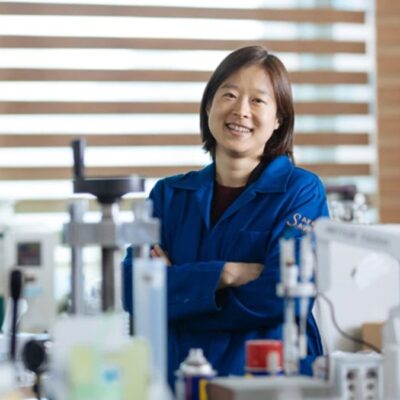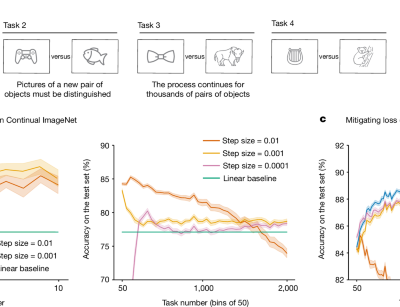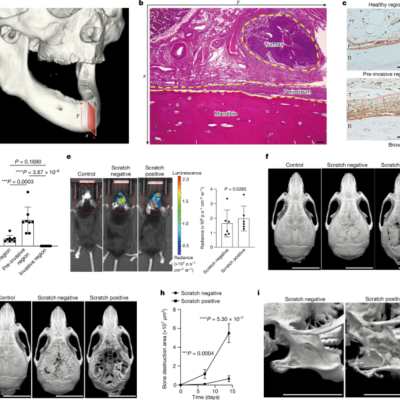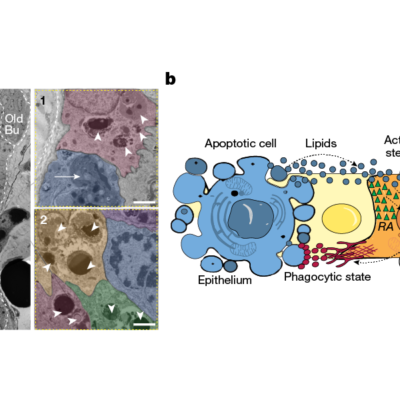NATURE

How South Korea’s science stars are finding success
- By West virginia digital
- . August 23, 2024
In the highly competitive environment of South Korean science, these rising stars stand out. They discuss highlights of their work

Loss of plasticity in deep continual learning
- By West virginia digital
- . August 23, 2024
Specifics of continual backpropagation Continual backpropagation selectively reinitializes low-utility units in the network. Our utility measure, called the contribution utility,

Stem cells tightly regulate dead cell clearance to maintain tissue fitness
- By West virginia digital
- . August 23, 2024
The following previously generated mouse lines were used in this study: Rxrafl (ref. 41; Jax stock 013086), Sox9-creER (ref. 42),

Placebo effect involves unexpected brain regions
- By West virginia digital
- . August 23, 2024
Chen, C. et al. Nature 632, 1092–1100 (2024). Article Google Scholar Hróbjartsson, A. & Gøtzsche, P. C. N. Engl. J.

The periosteum provides a stromal defence against cancer invasion into the bone
- By West virginia digital
- . August 23, 2024
Duhamel, H. L. Sur une racine qui a la faculte de triendre en rouge les os des animaux vivants. Mem.

AI analysed 1,500 policies to cut emissions. These ones worked
- By West virginia digital
- . August 23, 2024
Taxes were particularly effective at reducing emissions associated with electricity generation in high-income countries.Credit: Andrew Aitchison/In pictures via Getty Researchers

Low-latitude mesopelagic nutrient recycling controls productivity and export
- By West virginia digital
- . August 23, 2024
Silsbe, G. M., Behrenfeld, M. J., Halsey, K. H., Milligan, A. J. & Westberry, T. K. The CAFE model: a

Chandrayaan-3 APXS elemental abundance measurements at lunar high latitude
- By West virginia digital
- . August 23, 2024
Shearer, C. K. Thermal and magmatic evolution of the Moon. Rev. Mineral. Geochem. 60, 365–518 (2006). Article CAS Google Scholar

Time to refocus for South Korean science
- By West virginia digital
- . August 23, 2024
A scanning microscope at Center for Quantum Nanoscience in Ewha Womans University, Seoul.Credit: Caroline Hommel, QNS With more researchers per

Tissues stay fit by balancing clearance of dying cells with regeneration
- By West virginia digital
- . August 22, 2024
RESEARCH BRIEFINGS 21 August 2024 Clearance of dying cells is essential to the health of tissues. Study of hair follicles

